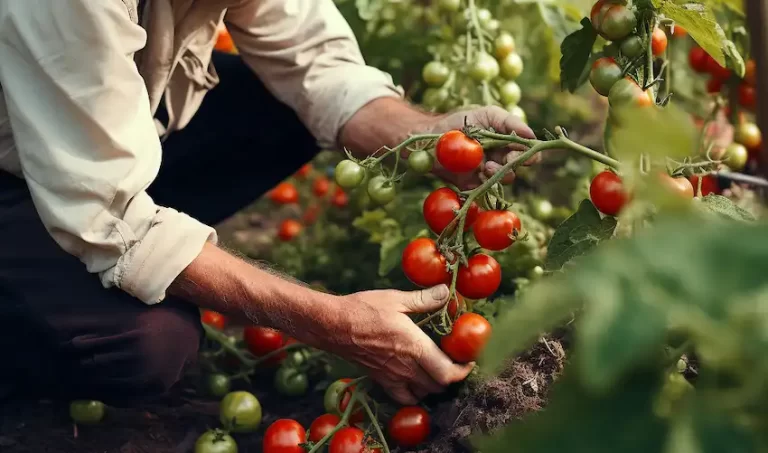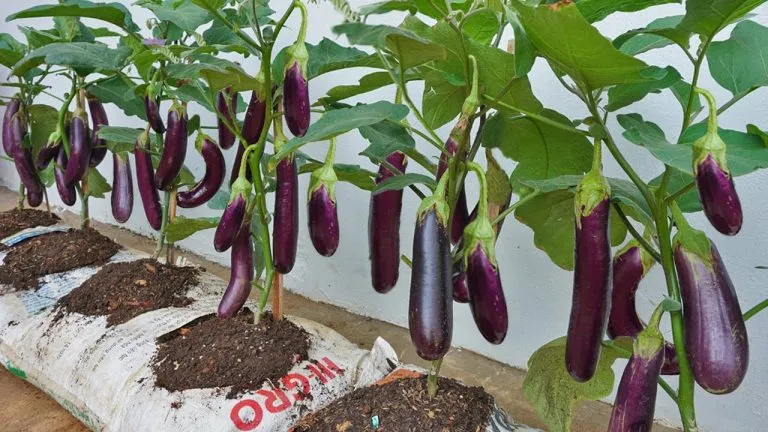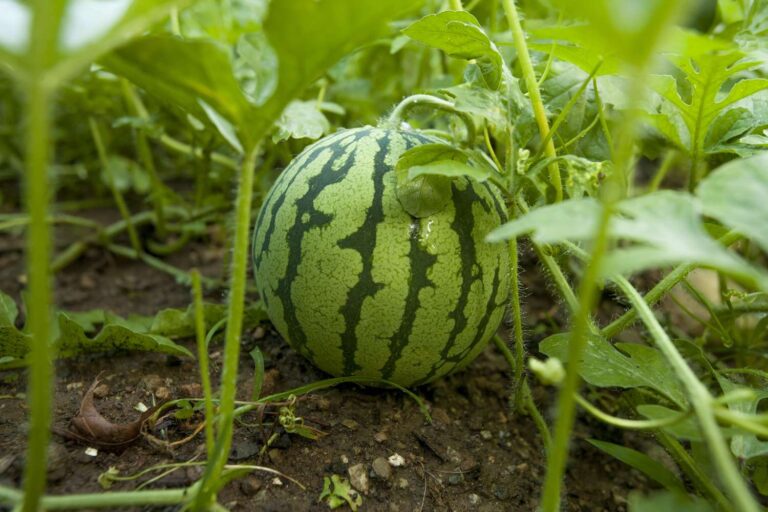Step-by-Step Guide to Growing Tomatoes Successfully 🍅🌿
Growing tomatoes can be incredibly rewarding. With their delicious taste and versatility in the kitchen, tomatoes are a favorite crop for many gardeners. Whether you're a beginner or an experienced gardener, this detailed guide will help you grow healthy and productive tomato plants by avoiding common mistakes and following best practices.
Importance of Tomatoes
Why Grow Tomatoes?
- 🍅 Tomatoes signify the start of summer and are a staple in many gardens.
- 🌟 They are rich in vitamins A and C, potassium, and antioxidants, making them a nutritious addition to your diet.
- 🍽️ There are numerous varieties of tomatoes, each with unique flavors and uses, suitable for salads, sauces, salsas, and more.
Common Mistakes and How to Avoid Them 🚫
Growing tomatoes successfully involves understanding the common pitfalls and learning how to avoid them. Let's dive into some key aspects:
Selecting the Right Type of Tomato
Determinate vs. Indeterminate:
Determinate Tomatoes:
- 🍅 These grow to a certain size and produce all their fruit within a short period. They are easier to manage and suitable for containers.
- 🌱 Ideal for gardeners with limited space or those who prefer harvesting all at once for canning or cooking.
Indeterminate Tomatoes:
- 🌿 These continue to grow and produce fruit throughout the season until killed by frost. They require more support and regular pruning.
- 🌞 Perfect for those who want a continuous supply of fresh tomatoes throughout the growing season.
Variety Selection:
- 🌟 Choose a variety based on your preference and growing conditions. Options include:
- Cherry Tomatoes: Small, sweet, and perfect for snacking.
- Roma: Meaty and ideal for sauces and canning.
- Grape: Small, juicy, and great for salads.
- Beefsteak: Large, juicy, and perfect for sandwiches.
- Heirloom: Unique flavors and colors, often passed down through generations.
- 🌿 Consider disease resistance and growth habits when selecting varieties. Look for terms like "VFN" resistance, which indicates resistance to common tomato diseases such as verticillium wilt, fusarium wilt, and nematodes.
Supporting Your Tomato Plants 🌱
Proper Support Structures:
Avoid Flimsy Supports:
- 🚫 Flimsy metal conical tomato cages often provide poor support and can topple over as the plants grow and bear fruit.
Use Sturdy Supports:
- 🔧 Use cylindrical cages or DIY options like bending cattle panels into cylinders and securing them with zip ties.
- 🌿 For larger plantings, consider the Florida Weave method, which involves weaving string between posts and tomato stems for support.
Why Proper Support Matters:
- 🌞 Proper support keeps the plants upright, improves air circulation, and prevents diseases by keeping the foliage off the ground.
Watering Techniques 💧
Avoid Overhead Watering:
- 🚫 Pouring water over the top of the plants can lead to soil-borne diseases and fungal infections like blight.
Use Mulch:
- 🌾 Apply mulch around the base of the plants to prevent soil splashing onto the leaves and to retain moisture.
Consistent Watering:
- 💧 Maintain consistent soil moisture to prevent issues like blossom end rot, which is caused by irregular watering.
- 🌅 Water in the morning if possible, or in the evening if necessary, to reduce evaporation and ensure the plants have moisture throughout the day.
Watering Tips:
- 💧 Deep watering encourages the roots to grow deeper, making the plants more drought-tolerant.
- 🌞 Aim for about 1-1.5 inches of water per week, depending on weather conditions.
Pruning Practices ✂️
Removing Lower Growth:
- 🌿 Prune the lower leaves and shoots, especially those that will be shaded or are close to the ground, to improve air circulation and reduce disease risk.
Avoid Topping Indeterminate Tomatoes:
- 🚫 Do not prune the main leader stem of indeterminate tomatoes as it hinders growth and fruit production.
Pruning Suckers:
- ✂️ Remove unnecessary suckers (shoots that grow in the leaf axils) to manage growth and direct energy towards fruit production.
Why Pruning Matters:
- 🌞 Pruning helps to keep the plant manageable, improves air circulation, and allows sunlight to reach the inner parts of the plant, reducing the risk of diseases.
Fertilization Errors 🌱
Underfertilizing:
- 🌿 Tomatoes are heavy feeders. Start with a nutrient-rich soil and add compost or organic fertilizer during planting.
Overfertilizing:
- 🚫 Avoid excessive use of nitrogen, which promotes leafy growth over fruiting. Be cautious with phosphorus and potassium as most soils have sufficient amounts.
Balanced Fertilization:
- 🌾 Use compost, organic granular fertilizers, fish fertilizer, or kelp fertilizer. Apply a top or side dressing of compost during the growing season for consistent nutrition.
Fertilizing Tips:
- 🌞 Apply fertilizer every 4-6 weeks during the growing season.
- 🌿 Follow the instructions on the fertilizer package to avoid over-fertilizing.
Additional Tips 🌟
Flexibility in Tomato Use:
- 🍽️ All types of tomatoes can be used for various purposes, including fresh eating, cooking, and making sauces. Do not restrict a variety to a single use based on its type.
Conclusion 🌱
Learning from Mistakes:
- 🌿 Gardening involves making and learning from mistakes. By avoiding common errors and following best practices, you can improve your tomato-growing success.
Community Contribution:
- 🌍 Share your experiences and tips in the gardening community to help others and contribute to the collective knowledge of growing food.
By following these detailed steps and avoiding common mistakes, you can grow healthy and productive tomato plants, enjoying their fruits throughout the growing season. 🍅🌿 Happy gardening!







